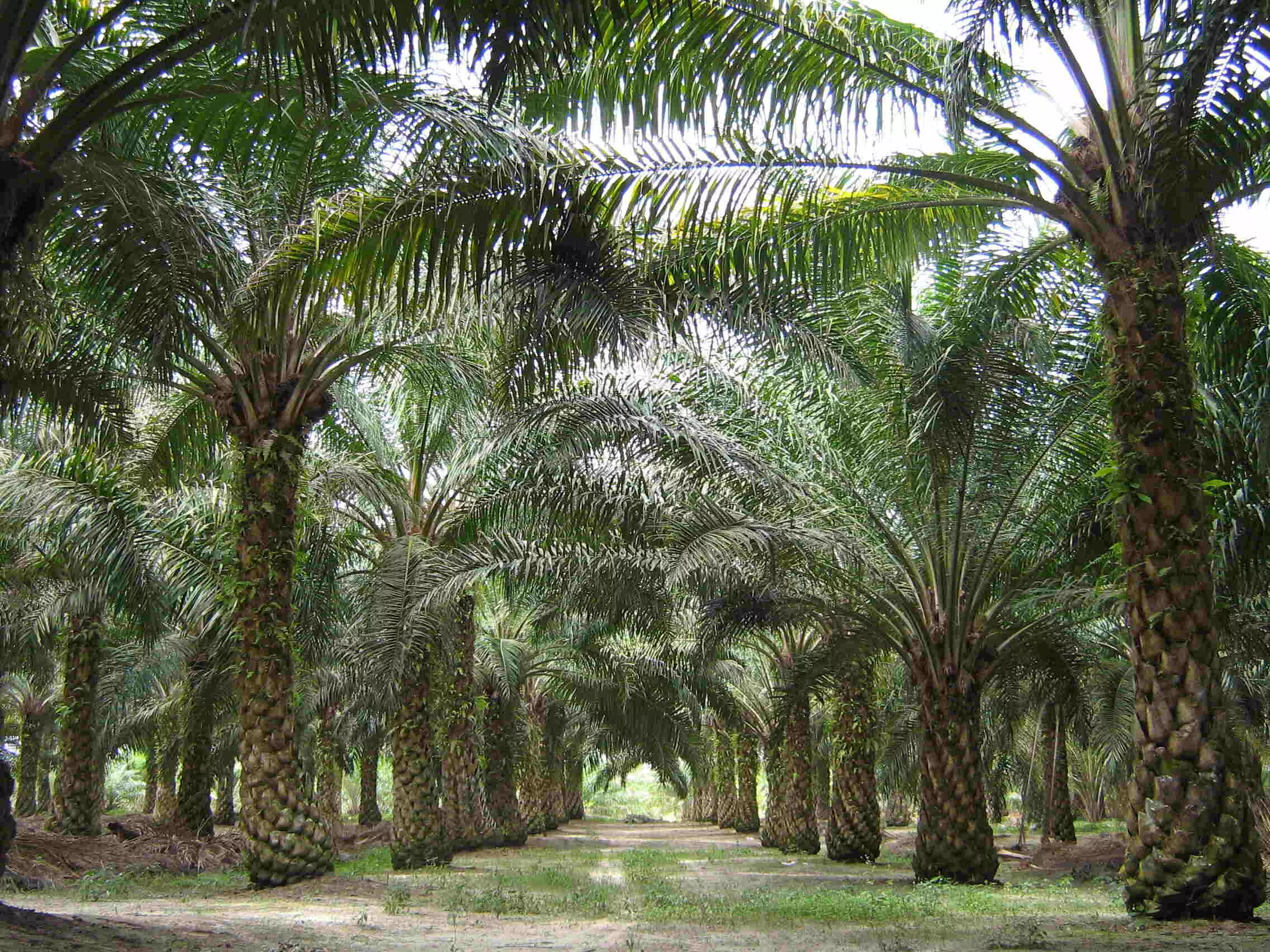AP to cash in on rising demand for oil palm, increase cultivation to 3.17L hectares
The state government has drafted an action plan to increase oil palm cultivation by replacing paddy, tobacco, subadul, casuarina, and eucalyptus to benefit the farmers.
By Newsmeter Network
Vijayawada: With the increasing demand for edible oil in Andhra Pradesh and neighbouring states, the area under oil palm cultivation in the state will increase to over 3.17 lakh hectares in the coming four to five years with a target of over 25,000 hectares every year.
The state government has drafted an action plan to increase oil palm cultivation by replacing paddy, tobacco, subadul, casuarina, and eucalyptus to benefit the farmers.
Additional director of horticulture K. Balaji Nayak said Andhra Pradesh stands first in oil palm cultivation with an area of 1.81 lakh hectares and 1.32 lakh farmers in eight districts spread over 229 mandals.
The consumption of palm oil has increased by 10 to 15% in the state in the past few years due to various reasons, including the edible oil crisis due to the Russia-Ukraine conflict. The consumption may further increase in the coming days. Not only middle class but also upper middle-class families are consuming palm oil in the state.
Apart from being used as a common cooking medium, oil palm is used for making a vast range of food and consumer products such as vanaspati (hydrogenated vegetable oil), ice creams, soaps, shaving foams, lipsticks, and a few others.
The average productivity of bearing plantations is 19.81 tonnes of fresh fruit bunches (FFB) per hectare. AP produced 14.94 lakh MTs with 2.4 lakh MTs of crude palm oil (CPO) during 2020-21. As many as 13 oil palm processing units have been operational in the state with a crushing capacity of 461 MTs of FFBs per hour.
The Union government has introduced the National Mission on Edible Oils-Oil Palm (NMEO-OP) scheme to encourage oil palm on a large scale which they wanted to fully tap for the benefit of farmers.
Under the oil palm mission, an area of 1.36 lakh hectares is proposed to be covered in the state. The year-wise targets proposed under NMEO-OP for the state from 2022-23 to 2026-27 are: 25,000 hectares in 2022-23, 26,000 hectares in 2023-24, 27,000 (ha) in 2024-25, 28,000 (ha) in 2025-26, and 30,000 ha in 2026-27.
The revised subsidy for plant material will be Rs. 20,000 per hectare in case of indigenous plants and Rs. 29,000 in case of imported plants. At present, Rs. 12,000 per hectare is being paid. For maintenance, Rs. 21,000 will be provided as subsidy per hectare in place of the present Rs. 20,000 per hectare.
In 2021-22, Rs. 81.45 lakh was allocated for the oil palm development programme and against the planned target of 15,000 hectares, 11,257 hectares have been brought under oil palm cultivation. In 2022-23, the action plan proposed a target of 25,000 hectares under fresh plantation.
Key Points
· Palm oil consumption in the country has increased to over 10 million tonnes from three million tonnes in the past decade.
· One tonne of oil palm sold at Rs. 23,000.
· Palm oil is cheap when compared to others, it costs 20% less than most vegetable oils and is versatile.
· Over 50% of edible oil requirement is met through palm oil.
· On average, farmers earn Rs. 1.2 lakh per ha in a year through oil palm cultivation.
· Some farmers shifted their crop to oil palm from other crops as the returns are consistent and stable.